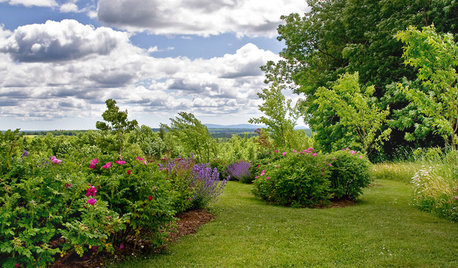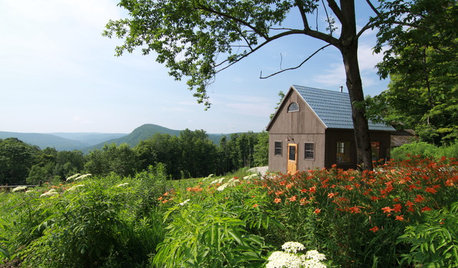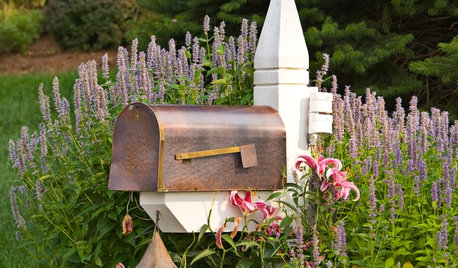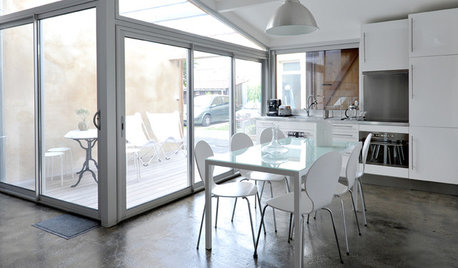mini-split ductless system
Dana1966
10 years ago
Related Stories

DECORATING GUIDES10 Ways to Hide That Air Conditioner
Feeling boxed in designing around your mini-split air conditioner? Try one of these clever disguises and distractions
Full Story
LANDSCAPE DESIGNYour Mini Guide to Great Garden Edges
Get the scoop on trenches to the skinny on bender board, to help keep your garden beds as tidy as you like
Full Story
BATHROOM DESIGNWarm Up Your Bathroom With Heated Floors
If your bathroom floor is leaving you cold, try warming up to an electric heating system
Full Story
ARCHITECTUREWhat's Next for Our Homes' Exterior Design?
Take a mini tour of architecture's changing response to basic needs, throughout history and going forward
Full Story
FIREPLACESUpdated Woodstoves Keep Home Fires Burning
Better technology means more efficiency than ever for modern woodstoves
Full Story
CABINSRoom of the Day: Timber-Frame Cabin Inspires Couple’s Creative Pursuits
This work studio, built in a simple vernacular architectural style, sits near a couple's rural home in the Berkshire mountains
Full Story
CURB APPEALHouzz Call: Show Us Your Mailbox!
Celebrate the U.S. Postal Service’s 240th birthday by uploading photos of your fabulous mailbox
Full Story
MOST POPULAR5 Ways to Hide That Big Air Conditioner in Your Yard
Don’t sweat that boxy A/C unit. Here’s how to place it out of sight and out of mind
Full Story
MORE ROOMSMore Living Space: Converting a Garage
5 things to consider when creating new living space in the garage
Full Story
GREEN BUILDINGLet’s Clear Up Some Confusion About Solar Panels
Different panel types do different things. If you want solar energy for your home, get the basics here first
Full StoryMore Discussions







ionized_gw
jackfre
Related Professionals
Downey Solar Energy Systems · Frankfort Solar Energy Systems · Lynn Solar Energy Systems · Randolph Solar Energy Systems · Fox Chapel Home Automation & Home Media · Half Moon Bay Home Automation & Home Media · Pittsburgh Home Automation & Home Media · Poway Home Automation & Home Media · San Fernando Home Automation & Home Media · San Mateo Home Automation & Home Media · Town 'n' Country Home Automation & Home Media · Waukegan Home Automation & Home Media · Winchester Home Automation & Home Media · Winchester Home Automation & Home Media · Puyallup Fireplaceskai615
ionized_gw
kai615
jackfre
ionized_gw
kai615